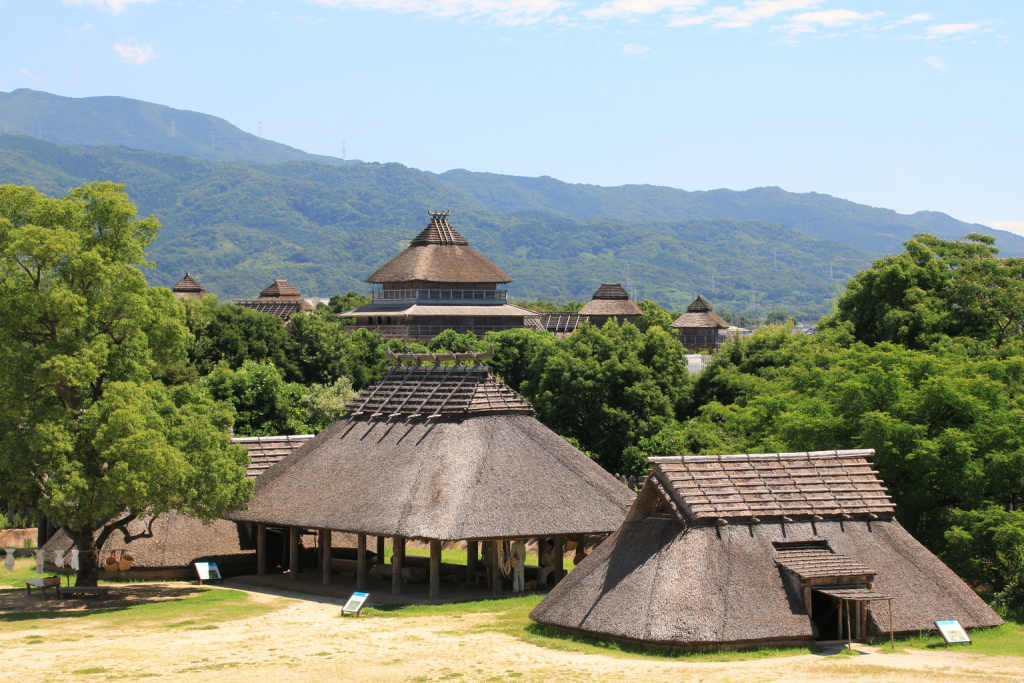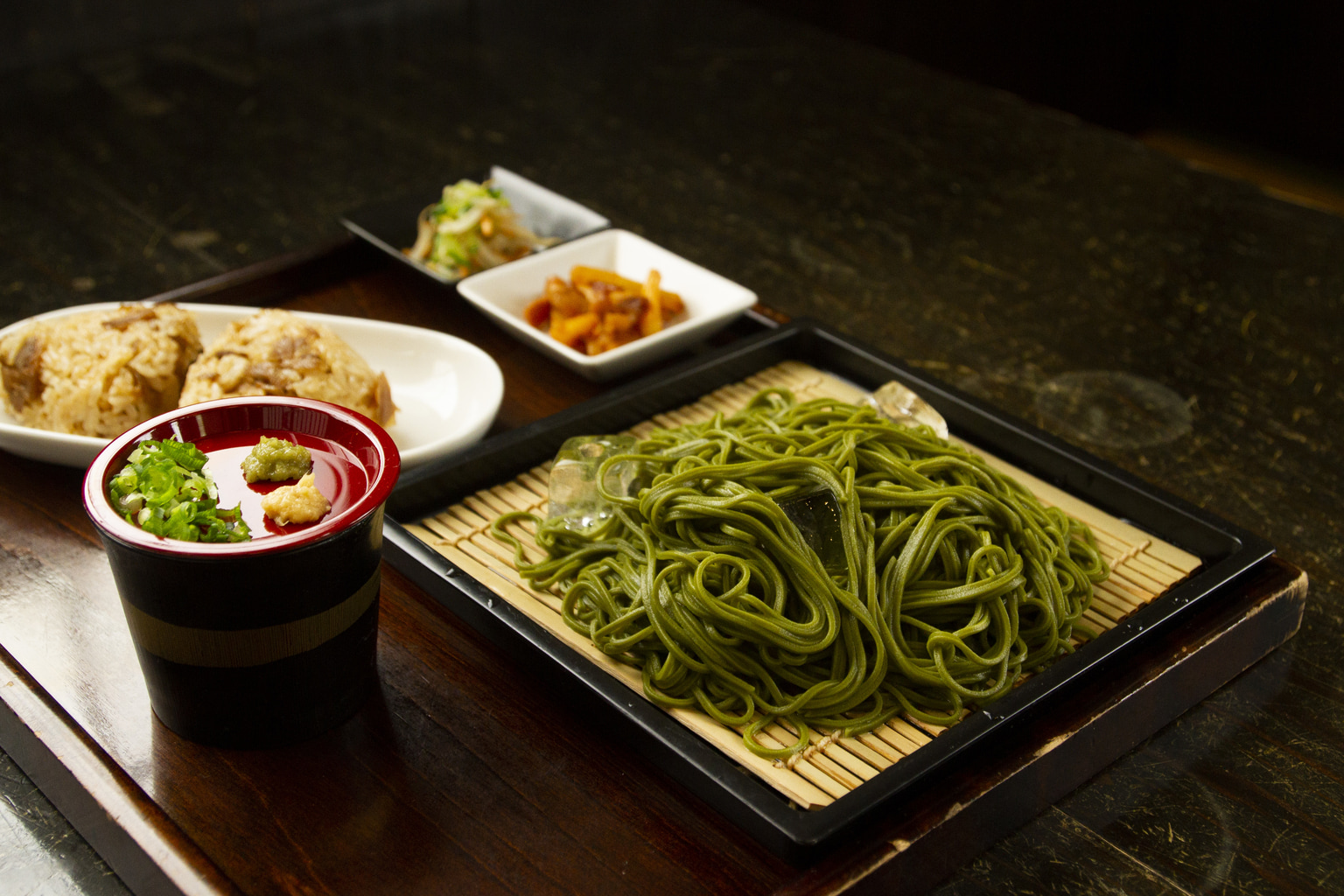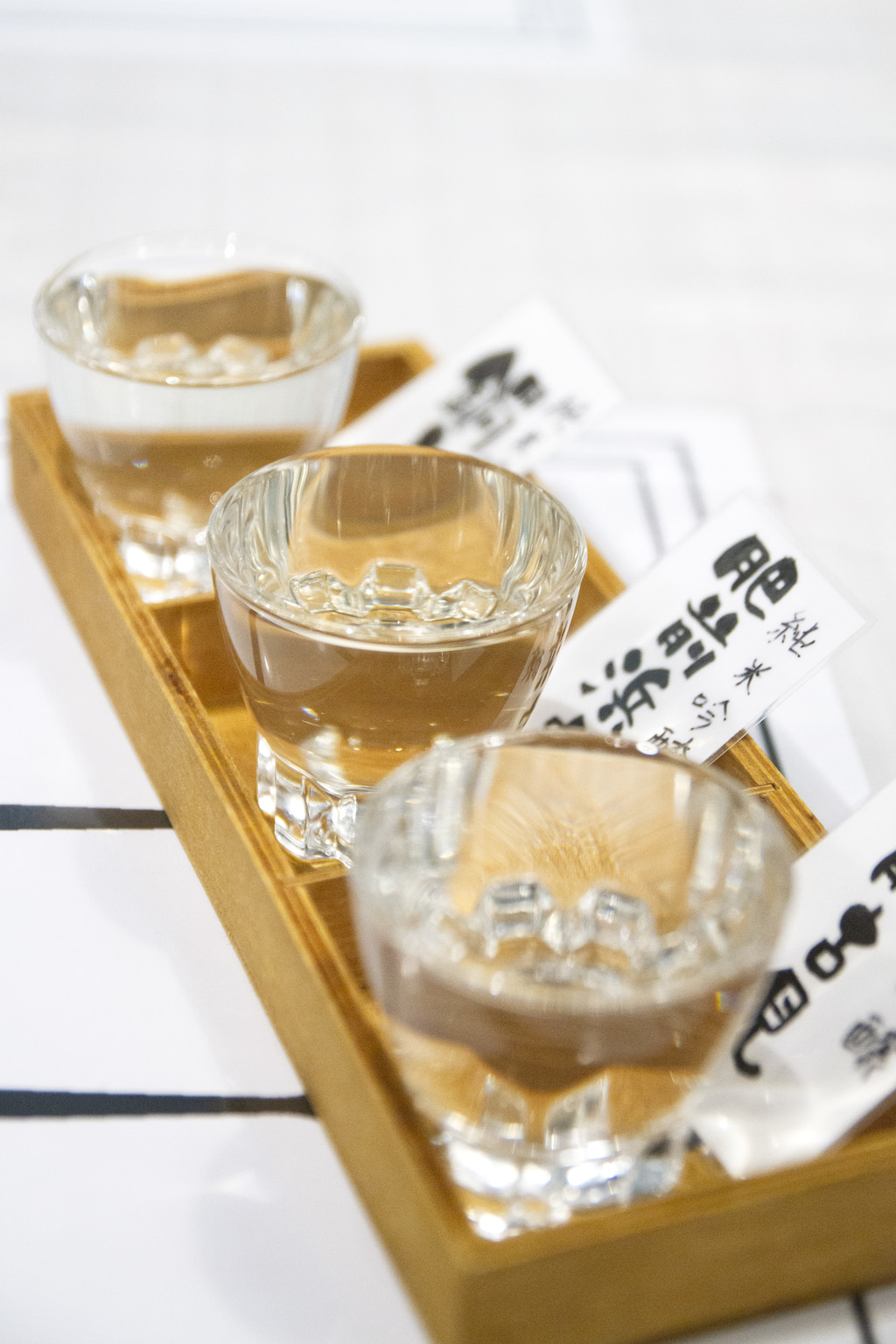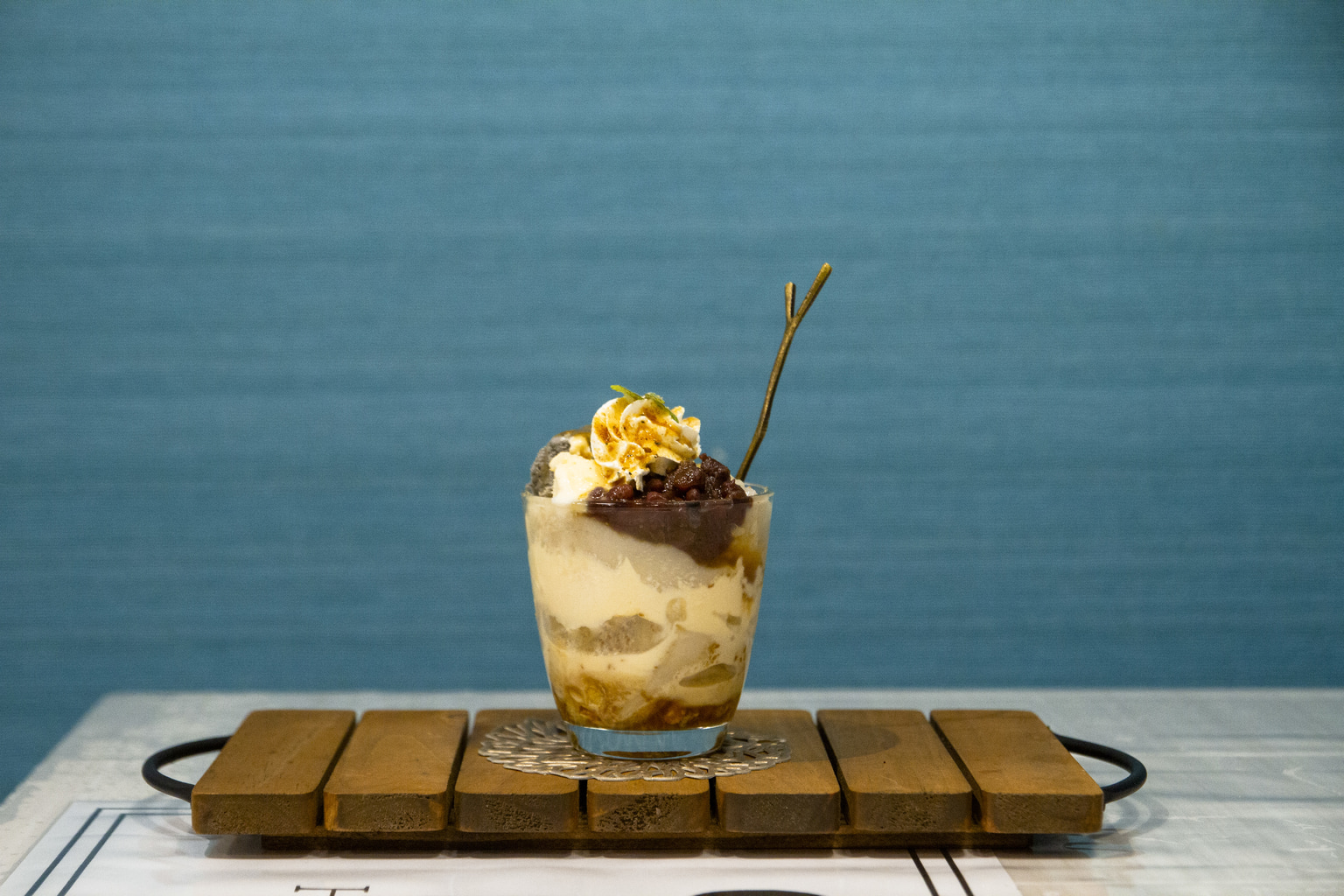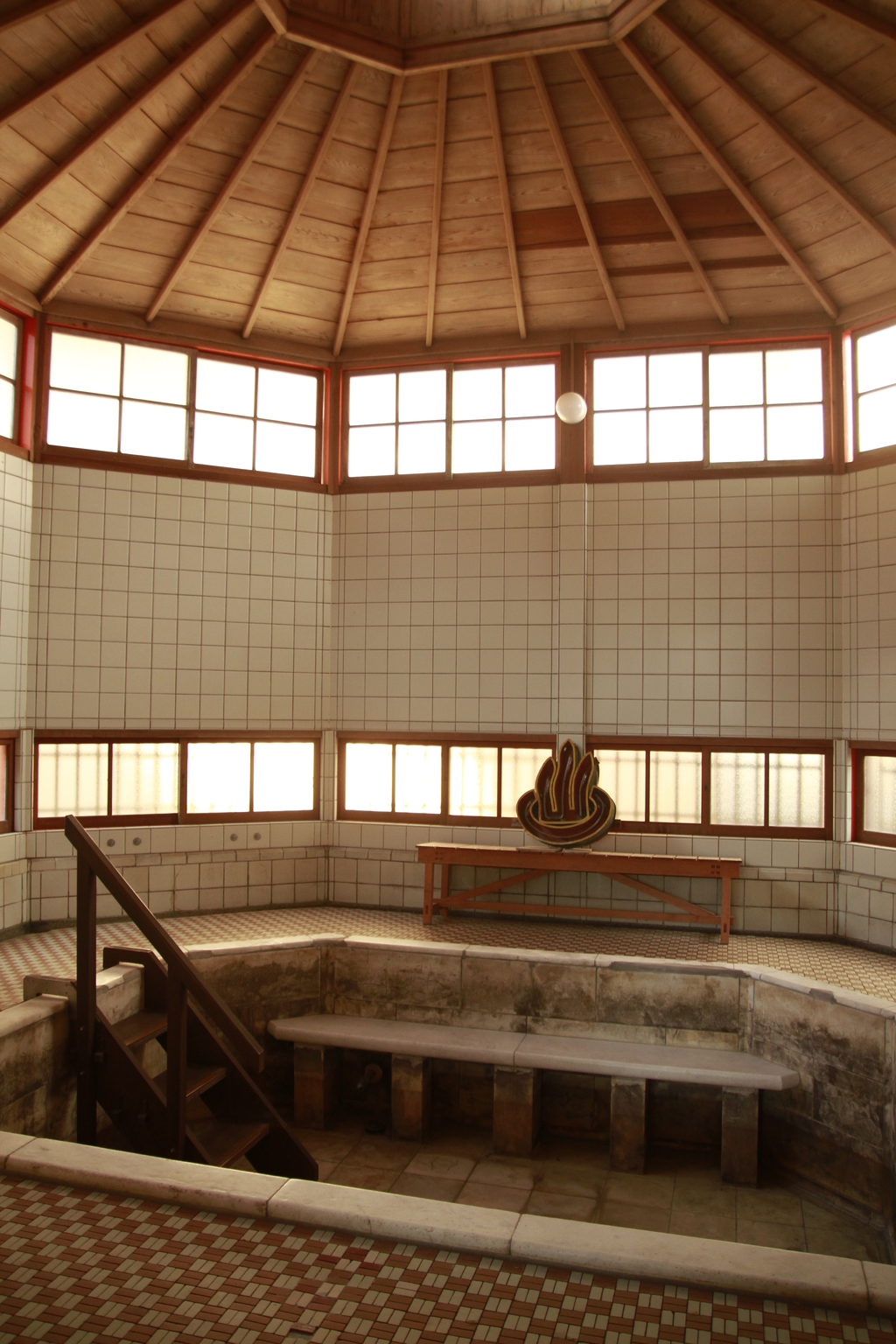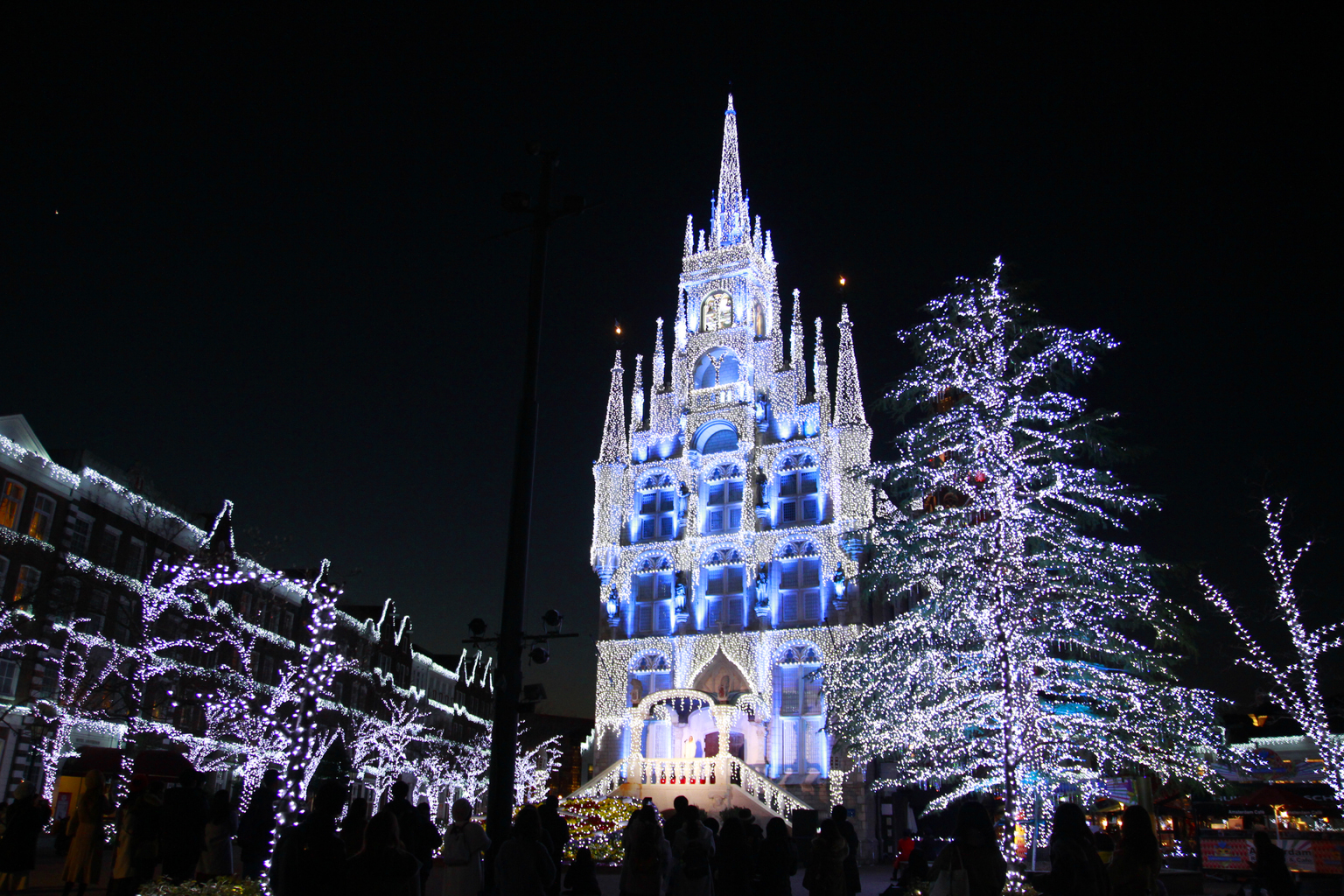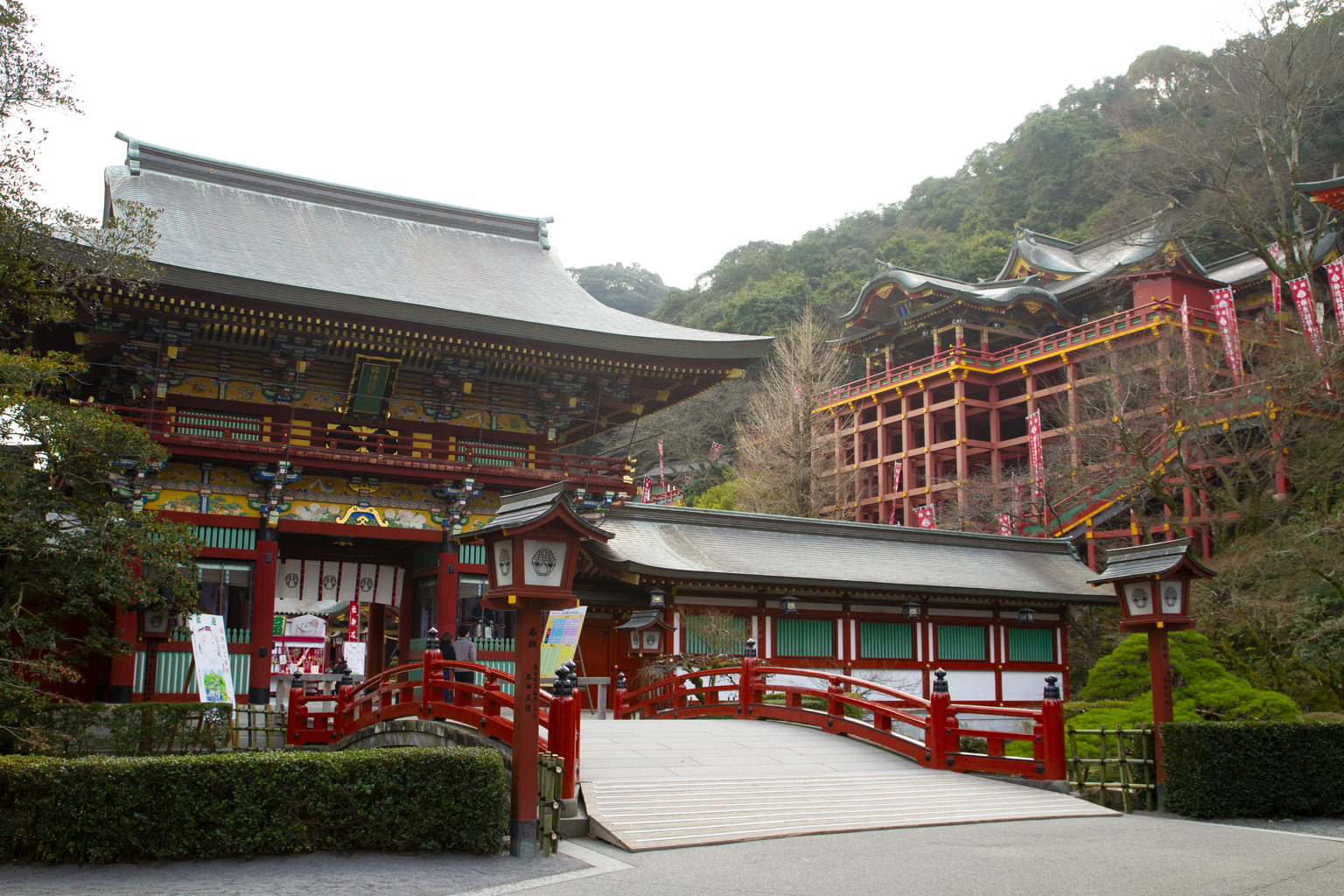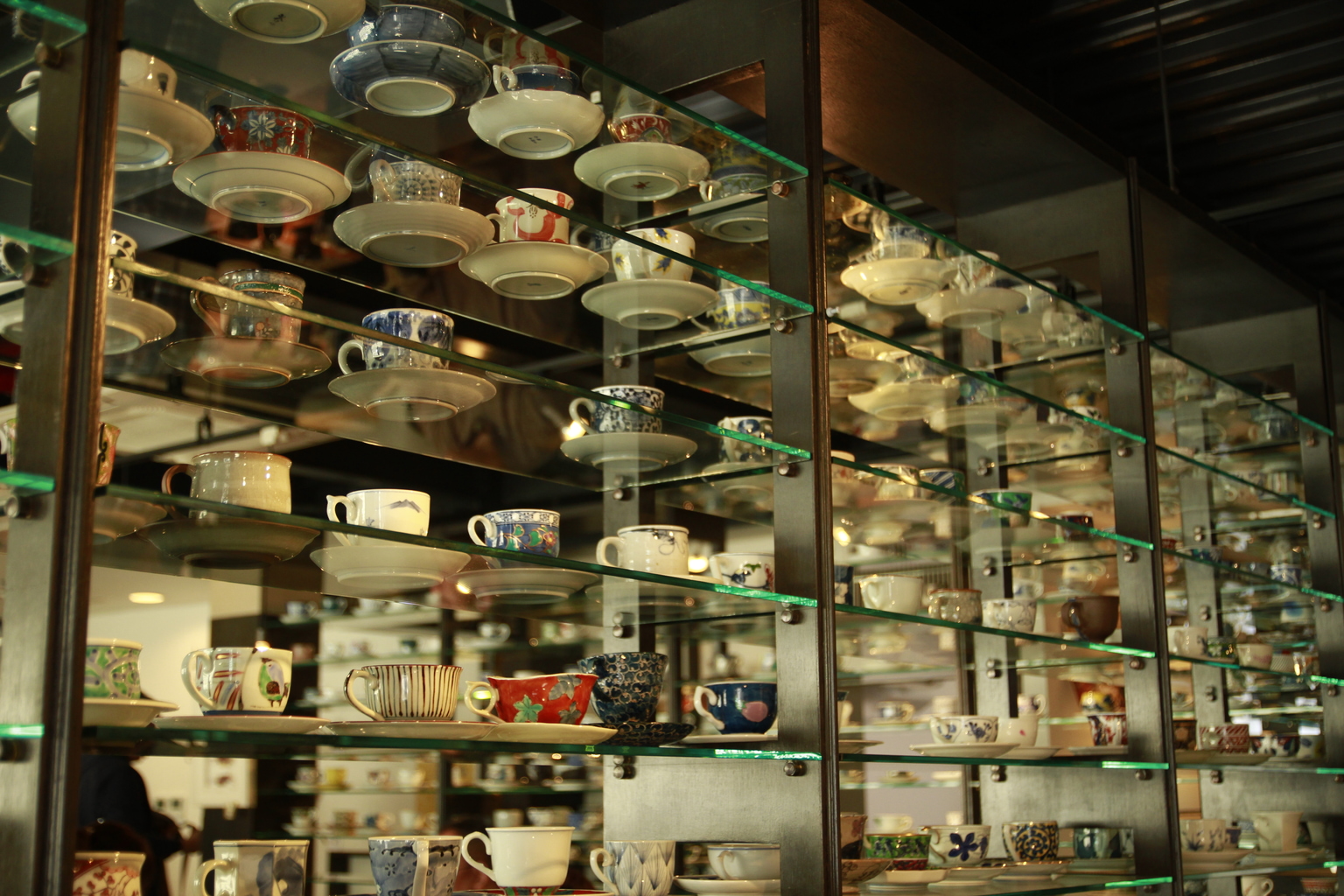Journey around three prefectures using Kyushu-Saga International Airport as a starting point for your northwestern Kyushu adventure. This modern airport offers easy access to some of the region’s most fascinating destinations, each with its own charm and culture.
First Stop: Fukuoka
There is more to Fukuoka Prefecture than Fukuoka city. Further south you’ll find one of Japan’s most famous tea-growing regions, as well as a water capital that boasts leisurely river punting rides and delicacies from the sea. Both cities are reachable within one hour from Kyushu-Saga International Airport.
Yame: Tea Country
Yame is most known for its high-quality tea production – gyokuro and sencha in particular. There are about 200 growers in the area who have taken their dedication to this green gold to new heights. Stop by Bunbuku Cafe, a café and teashop run by a tea grower cooperative, for very reasonable lunch and tea sets. The tea sets are especially rewarding – for as little as ¥600 guests can enjoy not just fine gyokuro tea and cake, but also learn how to get the most umami out of each cup. Most of the tea available in the shop is from local growers, and lucky visitors may even get to meet the farmers themselves when they work at the shop. A short drive from here is Chuo Tea Garden, an area with a panoramic view of lush green tea fields as far as the eye can see.
Learn more about Yame travel at www.yamemiryokuen.com or www.en.yame.travel
Yanagawa: River Country
The river in this old castle town was long the lifeline that kept businesses afloat. These days, it’s mostly tourists cruising down the waters, taking in the view of traditional houses and shops teetering on the edge of the riverbank. A local guide will serenade you with traditional folk songs and maybe some poetry as you glide through the water. On land, enjoy some of the finest seafood on offer – from eel to loach hot pot – at one of the many restaurants along the water and around town. A must-see is Ohana, a Meiji-era residence of the Tachibana family. Here you’ll find a beautiful Japanese garden, a museum and some stunning Meiji-period architecture.
More information on Yanagawa at www.yanagawa-net.com/eng/index.html
Second Stop: Saga
Saga Prefecture is a treasure trove of historic and sacred sites that are just waiting to be explored. Find everything from ancient villages and traditional townscapes to world-famous shrines and crafts in this fascinating region that Kyushu-Saga International Airport calls home.
Yoshinogari Historical Park: Historic Strolls
Dive into daily life of ancient Japan at this park that recreates the Yayoi period (approximately 300 BCE to 300 CE), a time in Japanese history when agriculture and metalworking advanced rapidly. People began to settle as they farmed and the population grew. At Yoshinogari Historical Park, visitors will find the largest Yayoi period village ruins in Japan, reconstructed to offer insight into what life was like for people in Japan thousands of years ago. The park is expansive and there are many activities, so expect to spend at least half a day here.
More information on Yoshinogari Historical Park here: www.yoshinogari.jp/en
Yutoku Inari Shrine: Sacred Shrine
One of Japan’s three great shrines, Yutoku Inari Shrine is a huge complex with stunning buildings that boast magnificent architectural design and vibrant colors. On top of the head shrine building, there are several subordinates, a Japanese garden and a museum. Adventurous souls should head up the mountain behind the shrine – be warned, it’s a steep climb – for a stunning view of the surrounding area. An added bonus for visitors here are the beautiful flowers in every season. From cherry blossoms to wisteria, cosmos and chrysanthemums, there is almost always something blooming.
Learn about Yutoku Inari Shrine: yutokusan.jp/en
Hizen Hamashuku: Traditional Town
Hizen Hamashuku’s Sakagura-dori (Sake Brewery Street) has been a gathering point for sake and shoyu breweries for centuries. These days, only three sake breweries remain, but many of the traditional buildings on this 600m-long stretch now house sake shops, cafés and bars where visitors can sample the local wares. Hamashuku Kitchen, a restaurant and café on one end of the street, serves voluminous portions inside a beautifully renovated 220-year-old sake storehouse. Those not driving should try the sake tasting set, which offers a selection of Kashima-brewed seasonal and other rare sake. The warabimochi parfait is a decadent fusion of Japanese and Western dessert styles that melts in the mouth.
Learn more at www.hamasyuku-kitchen.com
Arita: Porcelain Point
A sleepy town, Arita may at first glance seem an unlikely hub of world-renowned porcelain production. Small trails of smoke from some of the approximately 150 kilns in the area, as well as the porcelain shop-lined main thoroughfare are hints to Arita’s 400-year-old history. Look closer to find bus stops, information signs and house numbers decorated with Arita-ware ceramics. Tozan Shrine also boasts an excellent opportunity to see this craft used in practice – take a look at the torii gate and other structures to see how significant Arita-ware is to the area. Stop by Gallery Arita for a coffee break or lunch. Dishes are served on Arita porcelain and guests can choose their own vessel from 2,000 cups lining the walls.
See what else you can do in Arita at arita.jp
Takeo Onsen: Rambling Roads
About an hour from Saga Airport by car, Takeo Onsen is one of Kyushu’s most famous hot spring resorts. Once in the area, rent a bicycle to get around easily. To hit some of the best spots in the city, set out on the Kyushu Olle Takeo Course, a 12km trekking trail that winds around the city. It will take you past two of Takeo’s three ancient camphor trees, including the Great Camphor Tree of Takeo Shrine. The tree is one of the largest of its kind in Japan and is over 3,000 years old. It attracts visitors from around the world as it’s said to possess an enormous spiritual energy. The trekking course finishes at Takeo Onsen’s Shinkan, the former local bathhouse that now serves as a museum.
Third Stop: Nagasaki
Nagasaki Prefecture has long been an international hub, connecting Japan to the outside world even during the nation’s restrictive and isolated Edo period. For a modern take on outside influence in Japan, head to a unique theme park on the coast. It’s the furthest spot from Kyushu-Saga International Airport on our itinerary, but even so it’s only a 1.5-hour drive away.
Huis Ten Bosch: Electric Light Paradise
The grandness of this miniature Europe on the coast of Nagasaki Prefecture cannot be overstated. As one of Japan’s biggest theme parks and host of one of the nation’s most impressive flower festivals, Huis Ten Bosch is an Instagrammer’s paradise in any season. Surrounded by recreated Dutch buildings and illuminated by over 13 million lights – that’s more than on the main strip of Las Vegas – in winter, it’s a wonderland that delights visitors of any age.
It’s not all beauty without substance, though. Those looking for thrills will find a digital horror house (Japan’s first), a slew of VR attractions, zip lines, canal kayaking and even a mega space invaders game on the side of a building. High-quality restaurants serve everything from local Kyushu specialties to the finest Italian fare. Visitors can stay at one of the hotels inside the grounds or at Hotel Okura JR Huis Ten Bosch, which is just outside – close enough to be convenient but far enough to get some peace and quiet if needed.
Read more about this sightseeing spot at english.huistenbosch.co.jp
How to Get Around Kyushu
The best way to get to multiple destinations during one trip is by car. Kyushu-Saga International Airport offers several services to ease travel in and around the prefecture. There are often campaigns running, offering extremely affordable alternatives.
Rental Car
There are six major car rental companies offering their services at the rental car terminal next to the airport. Keep an eye out for special deals on compact cars (outside of the busy periods of Golden Week, Obon and New Year) that can be as low as ¥1,000 per car for the first 24 hours (¥2,000 for solo travelers).
Note: Make sure to book the day before at the latest. Also, keep the boarding cards or security receipts for every person joining you, as you will need to show them at the rental counter to receive any special campaign deals on offer.
For more info and reservation details, see saga-ab.jp/en/service_facilities/
Limousine Taxi
Limousine taxis are an affordable option for those traveling to select destinations from Kyushu-Saga International Airport. Solo travelers can use this service and one-way trips start as low as ¥1,000 for adults – children under the age of 12 are half price. A taxi ride to Takeo Onsen or Arita, for example, will only set you back ¥2,000, while a trip to Yanagawa is as little as ¥1,000. There are almost 20 destinations across Saga and Fukuoka prefectures to choose from. Book your trip by 4pm the day before your journey to ensure availability. Most limousine taxi journeys can be booked online in English.
More information at sagaap-limousinetaxi.com
Get Help Along the Way: Saga Travel Support App
Traveling around a new area – even when you’re well versed in the intricacies of the Japanese language and culture – can be a challenging experience. So why not ask for help when you need it?
Saga Travel Support Doganshitato App
The phrase “Doganshitato?” means “What’s the matter?” and is the keyword for this handy Saga Prefecture travel accessory, which aims to help solve any travel troubles visitors may encounter. This free mobile app and website offers a range of services for well-worn travelers and newbies alike. There are accommodation and destination recommendations, full itineraries, ATM and Wi-Fi hotspot maps, and more. Those needing extra help dealing with hotels, taxis and other services can use the free 24-hour interpreter and advice call center. They offer tourism information and interpretation services in English, Chinese, Korean, Thai, Vietnamese, Indonesian, French, German, Italian, Spanish, Portuguese, Russian, Nepali and Tagalog! Visitors can call via phone, through the app or on Skype (@sagacall_f1) for advice or help communicating with locals.
Note: Please do not use this service for emergencies.
More information at saga-travelsupport.com/en
3-Day Sample Itinerary
Day 1
Fly in to Kyushu-Saga International Airport
Visit: Yame, Fukuoka
(lunch at Bunbuku Cafe)
or
Visit: Yanagawa
(lunch at Wakamatsuya)
Visit: Yutoku Inari Shrine, Saga
Visit: Kashima Brewery Street, Saga
(dinner at Hamashuku Kitchen)
Stay: Takeo Onsen, Saga
Day 2
Visit: Takeo Onsen, Saga
Visit: Arita, Saga
(lunch at Gallery Arita)
Visit: Huis Ten Bosch, Nagasaki
(dinner inside the park)
Stay: Hotel Okura JR Huis Ten Bosch, Nagasaki
Day 3
Visit: Yoshinogari Park, Saga
(lunch inside the park)
Fly out from Kyushu-Saga International Airport
More information on Kyushu-Saga International Airport and its many services at saga-ab.jp/en
Photographs by Ryoko Ogawa
Sponsored Post

